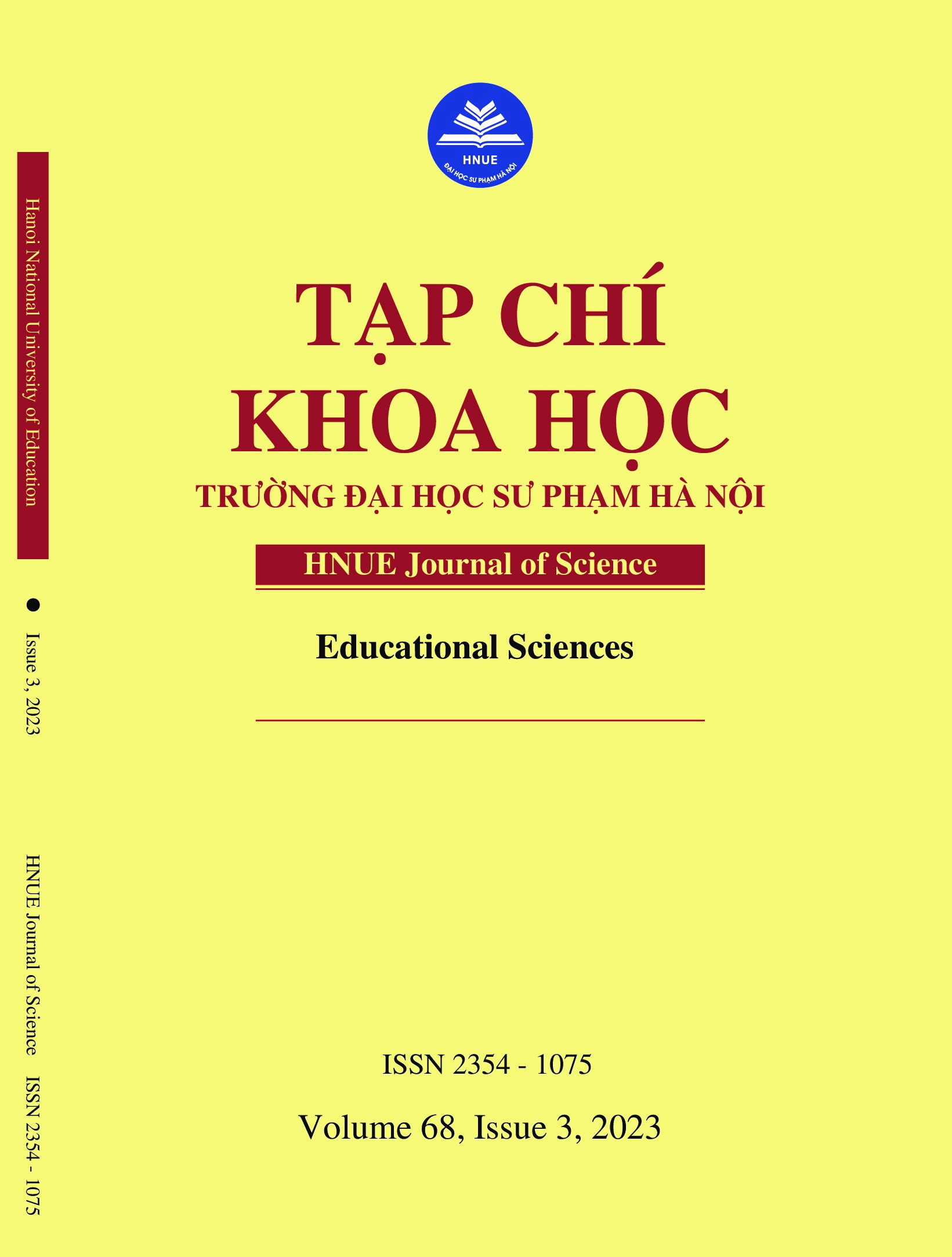THEMATIC PROGRESSION IN ARGUMENTATIVE PARAGRAPHS: REALIZATION, PROBLEMS CONCERNING AND THE UNDERLYING CAUSES
DOI: 10.18173/2354-1075.2023-0063
Tóm tắt
The purpose of this research is to investigate the realization of thematic progression patterns in argumentative paragraphs written by freshmen majoring in English at a university in Hanoi, as well as to identify related problems and their underlying causes. To achieve this goal, the study collected and analyzed 10 paragraphs written by 10 freshmen in their end-of-course test, using a qualitative approach with descriptive analysis. The study utilized Halliday's (2004) Theme system and Thematic progression (TP) patterns based on Daneš’s three-pattern system (1974), along with additional ideas from Aziz (1988), Eggins (2005), Lautamatti (1987), Mauranen (1996) Newsham (1977), and Simpson (2000). The findings show that the most commonly used TP pattern is Motivated New Theme (MN), followed by Rheme-Theme (R-T), Theme-Theme (T-T), Extended Rheme-Theme (ERT), Extended Theme-Theme (ETT), and Unmotivated New Theme (UN). The study also identified a key problem in the prevalence of Motivated Theme, leading to abrupt transitions. This problem is attributed to the overuse of textual themes, inappropriate adoption of marked themes, and non-linear development of ideas in students' writing. Therefore, the study suggests that teaching the connotation of thematic progression should be introduced at an early stage of English writing instruction. This would enable students to design the development of ideas, ensure inter-textual coherence, and establish logical relations in their academic paragraphs. Such an approach would help these freshmen produce more semantically and structurally coherent essays in their subsequent academic years.

